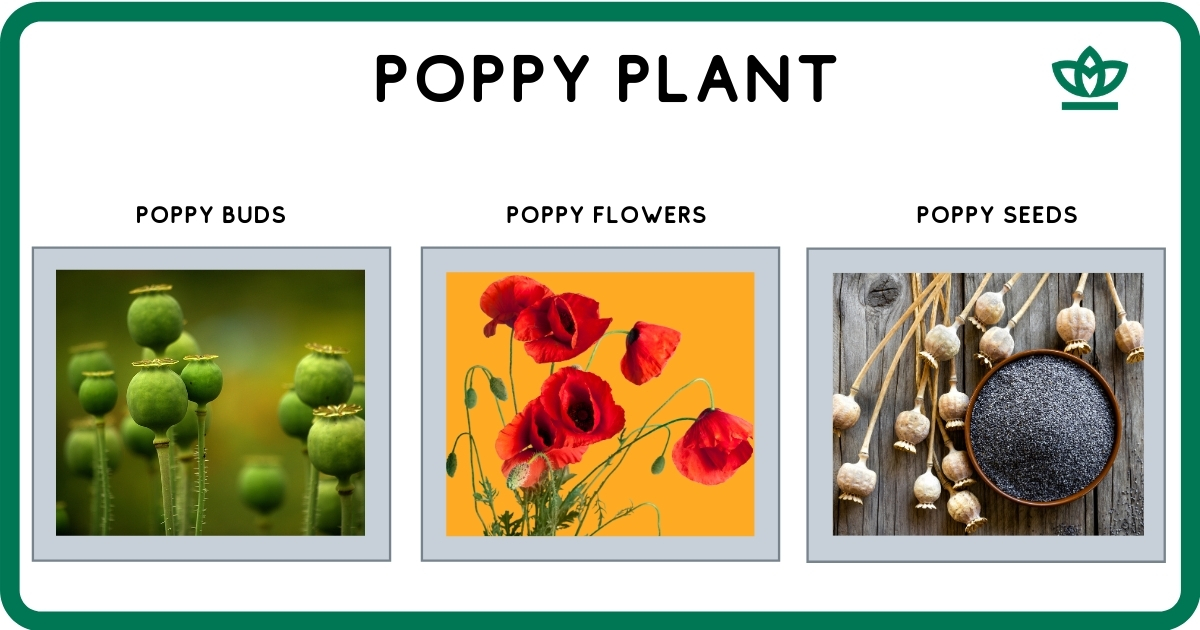Heroin
What is Heroin?
Though appraised as an illegal drug, heroin’s highly addictive nature continues to give it a worldwide market. Known for the intense rush felt shortly after intake, heroin presents a threat to the human body on a number of levels.
Commonly known as dope, big H, Dr Feelgood, smack, thunder, mud, skag, and brown sugar, this semi-synthetic drug, derived from morphine and extracted from poppy plants, has a distinctive ability to control its abuser.

Often mixed with talcum powder, starch, sugar, and powdered milk, the adulterated form of heroin, often called brown sugar, can be even more dangerous. Mixing heroin makes it hard to determine the actual dose. Overdoses often transpire this way, and the results can be fatal.
Heroin is administered into the body by sniffing, smoking, or intravenous injection. The “rush” following these actions is often accompanied by a warm flushing of the skin, small pupils, watery eyes, runny nose, dry mouth, and a heavy feeling in the arms and legs. The narcotic effect can last up to eight hours.
Heroin Threats:
Satisfaction is impossible to come by for the repetitive heroin abuser. The constant “need” for higher and higher doses, as the body attempts to adapt to the drug, is a natural response to overuse.
The only way the drug can maintain its impact is for the addict to feed the obsession and take heroin in advanced quantities. This common rejoinder to heroin use is called tolerance.
Heroin also tends to elicit a certain dependency. Abusers’ psychological and physical functionality is limited considerably if they are unable to have the drug. This dependency originates after as few as two weeks of daily use. Withdrawal symptoms tend to arise within a few hours of a person not using it.
Heroin Use in India:
India was recently dubbed by the United Nations the highest user of heroin in southern Asia. According to a UN report, “One million heroin addicts are registered in India, and unofficially there are as many as five million”. This is largely because India produces its own opium poppy – the raw material for heroin.
According to another report, “India consumed 17 metric tonnes (mt) of heroin in 2008 and current opium consumption is estimated at some 65-70 mt per year.”
Visual signs:
- Runny nose, coughing, sneezing, fever, chills
- Mental confusion
- Staggered gait
- Poor appetite
- Vomiting
- Calmness (when high) and restlessness (when not high)
Health Risks/ Acute Effects:
- Coma
- Death
- HIV and other diseases resulting from infected needles
- Collapsed veins
- Infections
Helpful Heroin Articles:
More drugs like Heroin
Crystal methamphetamine—probably better known as "crystal meth", or just "meth"—is a white crystalline drug abused by people of all ages. Meth users experience a sudden "rush" of pleasure, strong feelings of confidence, hyperactiveness and energy for as long twenty-four hours... Learn More
Charas - A Comprehensive Guide India is emerging as a country with widespread drug problems. The figures of drug abusers have leapt up, and the pattern of consuming psychoactive substances has also undergone changes over the years. The hazardous use of... Learn More
Ecstasy What is Ecstasy? For Rs 1,200 per pill, Ecstasy remains a drug primarily abused by the upper class and by those "forced" to pay the high tab due to a developed addiction to the drug. Ecstasy is the street... Learn More
Marijuana What is Marijuana? Also known as ganja, pot, herb, grass, kif, weed, Mary Jane, reefer, skunk, chronic, boom, and gangster; Marijuana is a drug commonly abused throughout India. A blend of stems, seeds, and leaves from the cannabis sativa... Learn More
Cocaine What is Cocaine? Commonly known as coke, flake snow, toot, blow, nose candy, liquid lady, speedball, crack, and rock. Derived from the coca plant, cocaine is usually sold as a fine white powder (hydrocholride salt). The powder can... Learn More